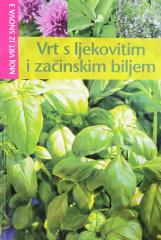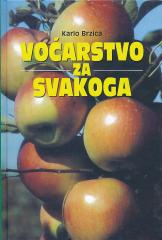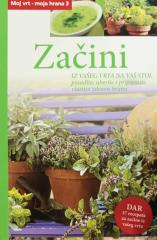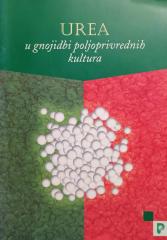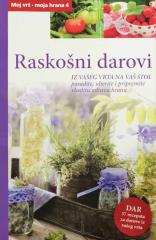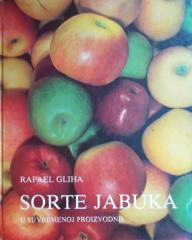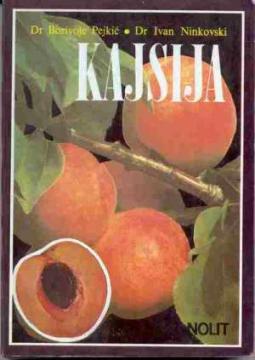
Kajsija
Apricot is a fruit rich in fiber, vitamins and antioxidants, which helps to refresh, digest food more easily, improve skin and bones.
Our professional literature in the field of fruit growing has been lacking a monograph on apricot for a long time. Since 1958, when our respected expert prof. Eng. Milutin Niketić published a monographic work on this fruit tree in "Zadružna knjiga", Belgrade, which means that not a single book about apricots has appeared in 28 years. In that period, when the biggest rise of Yugoslav fruit growing took place, very little was written about this fruit tree. Maybe there were justifiable reasons for that. Apricot production not only did not keep up with the production of other fruits in our country, but also declined in certain periods. The main reason for this is, of course, the premature drying of apricot trees, known as apoplexy, a phenomenon that preoccupies many scientists around the world and in our country, and whose nature and prevention have not yet been sufficiently studied.
We were very honored when the Agricultural Literature Editorial Board of Nolita from Belgrade approached us with a proposal to jointly process and present to our professional and scientific public contemporary knowledge about apricot and its cultivation. The basis for this work was the experience gained through many years of work on studying the important problems of growing this fruit culture, as well as the research of other scientific workers in our country and in the world. We also used all available literature on this fruit species. We have listed everything that we thought should be found in a work like this. The readers will say how successful they were in this, and we ask that they send us any comments and suggestions through the publisher. By the way, in the exposition of very extensive material, we paid special attention to the ecological conditions of growing apricots and pointed out the importance of choosing suitable conditions for growing this fruit species. In addition, the morphology and physiology of apricots, especially the phenophases of development, resistance to freezing, winter dormancy and nutrition, which largely represent the specificity of apricots, were discussed in more detail.
In the section on types and varieties of apricot, all important types are given, and the varieties are listed by ecological-geographical groups. Varieties that have found a place in our conditions are processed in more detail. In addition, varieties grown in a large number of other countries are also listed.
As specific to this species, the production of seedlings was also processed. The recommendation that all apricot rootstocks should be propagated vegetatively in the future is especially highlighted.
We also elaborated on the matter of raising plantations, the growing system and the application of certain technological processes — pruning, soil maintenance, fertilization, irrigation and protection against diseases and pests, and especially against premature drying of trees.
At the end, a section on harvesting, grading and packaging of apricot fruits is given in order to help producers to use or monetize the obtained fruits as fully and rationally as possible. For those who are extremely interested in the books and works published so far about apricot, the literature is listed.
No copies available
The last copy was sold recently.
